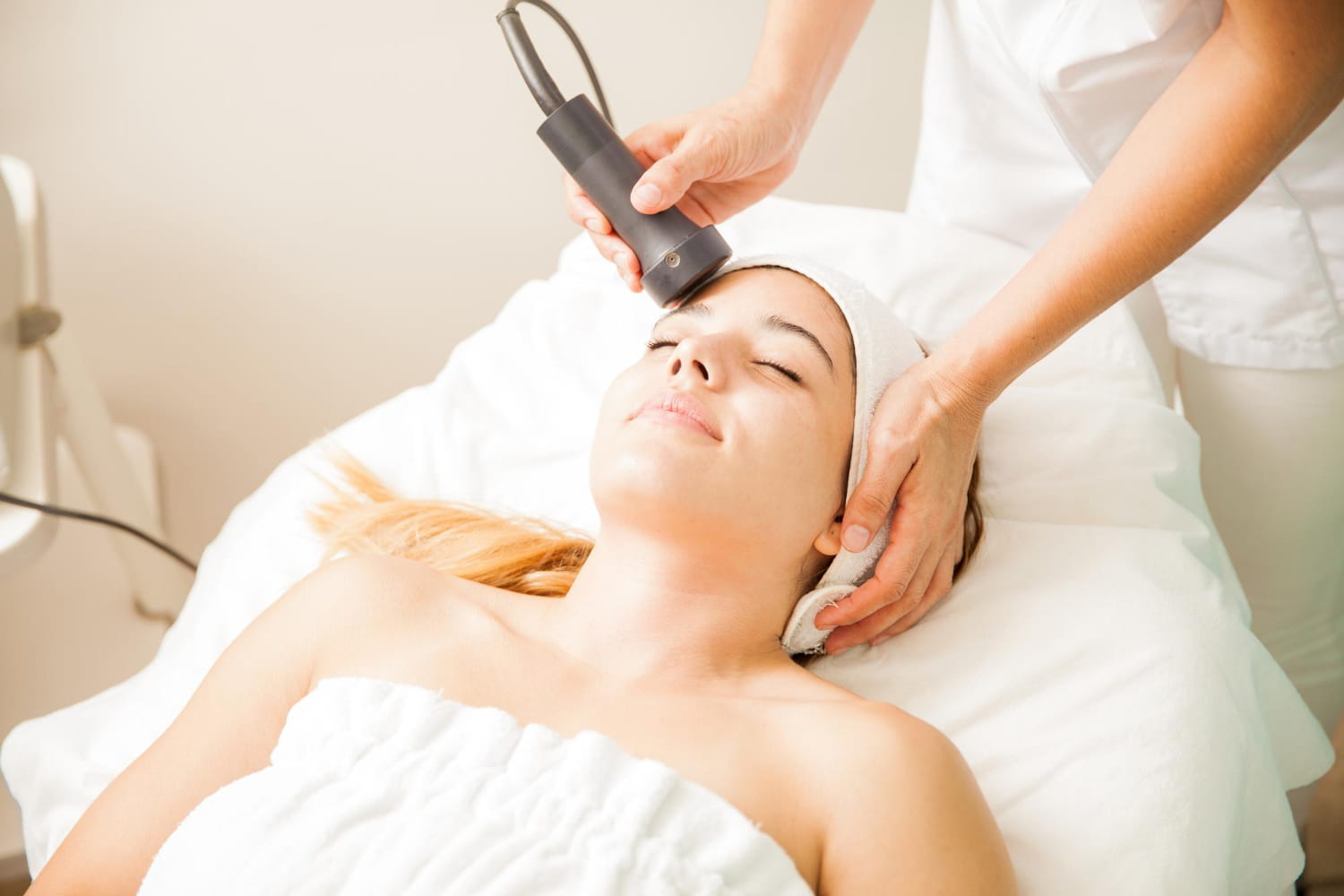 |
| LED Light Therapy |
In the vibrant world of the beauty and skincare industry, an emerging technique has captured the attention of wellness enthusiasts and health professionals alike: LED phototherapy. This innovative approach, combining science with aesthetics, is quickly gaining ground as an effective, non-invasive way to improve the health and appearance of your skin. From its modest origins to its current status as a global fashion trend, LED phototherapy has come a long way on its journey to popularity.
It all began in the 1960s when Hungarian doctor Endre Mester conducted a seemingly routine experiment on laboratory mice. Mester was researching the effects of lasers on tumor growth, but what he discovered was much more intriguing: the red light used in his experiment not only stimulated hair growth but also promoted wound healing. This serendipitous discovery laid the foundation for what we now know as LED phototherapy. Today, LED phototherapy, also known as photobiomodulation (PBM), has become a mainstay in the skin care industry. This technique uses different wavelengths of light, such as blue, red, and near-infrared, to address a variety of skin concerns, from acne to aging. Blue light, for example, has been shown to reduce inflammation and kill acne-causing bacteria, while red and near-infrared light stimulates collagen production and improves blood circulation, resulting in firmer skin. and radiant. Also Read: Archive of Ancient Brains Could Guide Advances in Mental IllnessWhat sets LED phototherapy apart from other skin treatments is its non-invasive nature and its ability to deliver results without pain or downtime. Additionally, prolonged exposure to LED light does not carry the risks associated with UV rays, making it a safe option for a wide range of people. As the popularity of LED phototherapy continues to grow, so does the availability of devices and treatments on the market. From face masks to wearable devices, consumers have a wide range of options to choose from. However, with this variety comes confusion, as it can be difficult to determine which product is right for your individual needs. Skincare experts suggest looking for devices with adequate output intensity, preferably those that emit at least 105 milliwatts per centimeter for red light. Additionally, it is important to choose FDA-cleared products to ensure their safety and effectiveness. By doing so, consumers can be confident that they are investing in a treatment that has been backed by scientific and clinical research. Ultimately, LED phototherapy represents an exciting advancement in skin care that is transforming the way we approach beauty and wellness. With its ability to safely and effectively improve skin health, this technique is destined to remain an invaluable tool in the arsenal of anyone seeking healthier, more radiant skin. |

Comments
Post a Comment